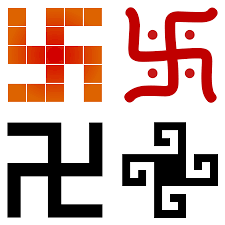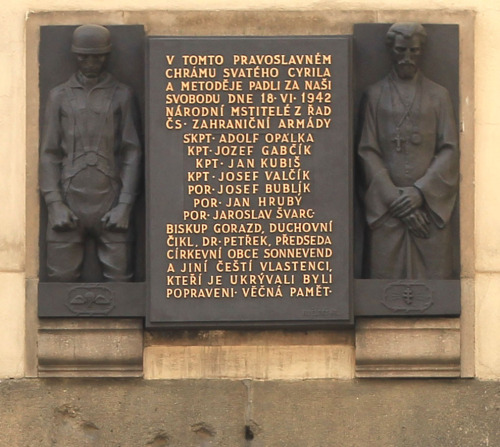
Various depictions of the swastika, a sign of life and health, which was adopted by the Nazis in 1935. The swastika is now seen by most as the infamous emblem of the most pernicious evil in human history.
The swastika, an ancient symbol of life and health, was adopted by the Nazi regime as their official logo on September 16, 1935. The symbol is now seen by most people as exclusively the emblem of the most wicked political system ever devised.
The swastika–the name swastika comes from Sanskrit word swastik, which means ‘conducive to well being’ or ‘auspicious’–is an icon which is widely found in human history. In northern Europe it has also been called a sun-wheel. A swastika generally takes the form of a cross, the arms of which are of equal length and perpendicular to the adjacent arms, each bent midway at a right angle. The earliest known swastika is from 10,000 BC found in the Ukraine. (It was engraved on wooden monuments built near the final resting places of fallen Slavs to represent eternal life.)
In several major religions, the swastika symbolizes lightning bolts, representing the thunder god and the king of the gods, such as Indra in Vedic Hinduism, Zeus in the ancient Greek religion, Jupiter in the ancient Roman religion, and Thor in the ancient Germanic religion.
Some say the swastika represents the north pole, and the rotational movement around the center or axis of the world. It also represents the Sun as a reflected function of the north pole. It is a symbol of life, of the life-creating role of the supreme principle of the universe, the absolute God, in relation to the cosmic order. Medieval Christians used it a way to depict the life-giving power of the True Cross on which Jesus was crucified and destroyed Death.
The Nazis’ principal symbol was first the hakenkreuz, “hooked-cross” (which resembles the Swastika) which the newly established Nazi Party formally adopted in 1920. The emblem was a black swastika (hooks branching clockwise) rotated 45 degrees on a white circle on a red background. This insignia was used on the party’s flag, badge, and armband and became the flag of Germany in 1935.

